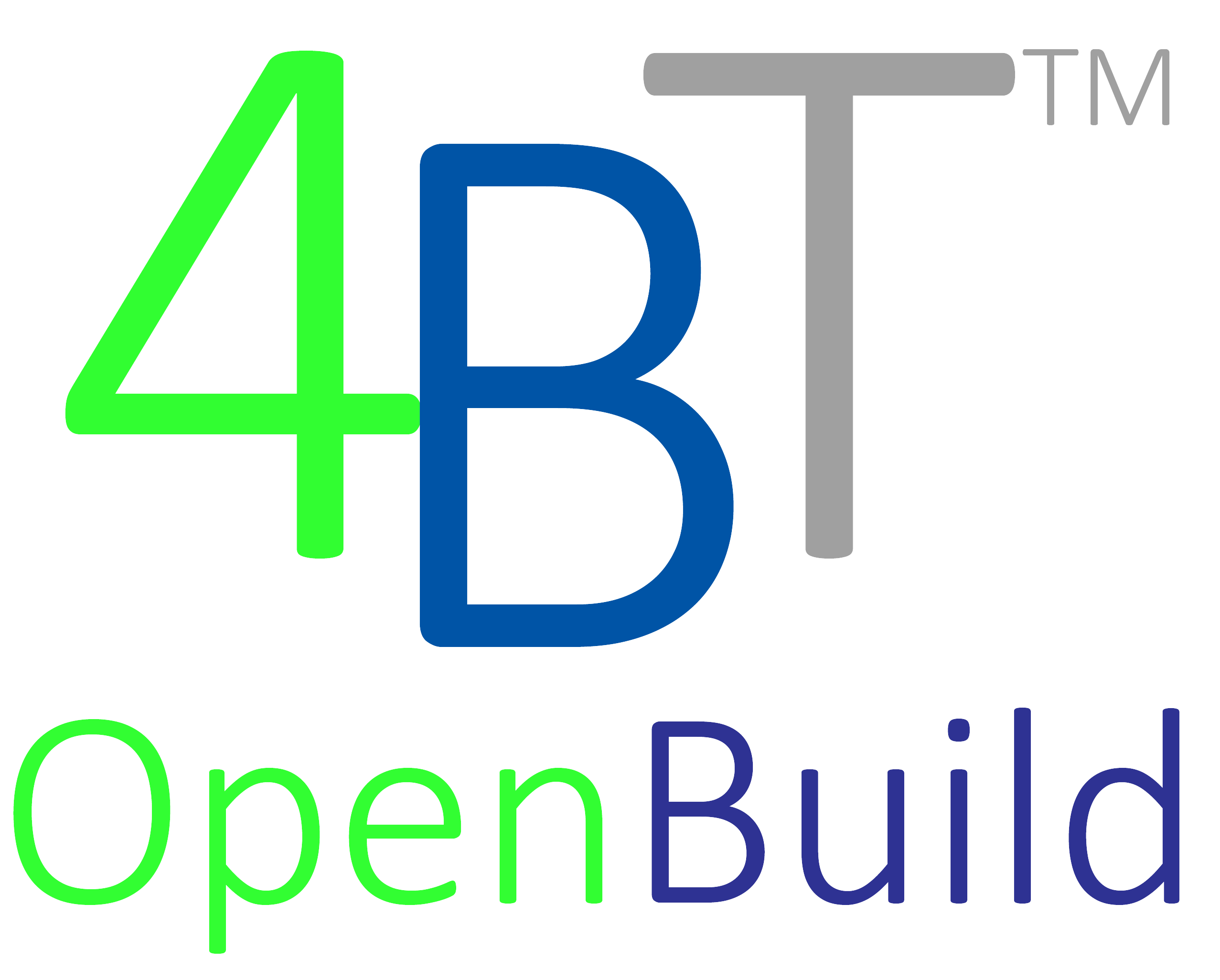Construction Cost Transparency Assures Client Value – Surviving 2021
Construction cost transparency assures Client Value, and make no mistake, 2021 will be a difficult year.
Contractors that are more transparent can convince building owners that procuring through them will yield good value; and be much more likely to win business and develop long-term, mutually beneficial relationship.
The construction planning, procurement, and deliver method and the associated use of locally researched detailed unit price cost data can play an significant role in achieving both construction cost transparency and maintaining/developing a robust, satisfied client base.







































































































































